
THE XERCES SOCIETY FOR INVERTEBRATE CONSERVATION Aquatic Invertebrates in Pacific Northwest Freshwater Wetlands |
| Identify taxa |
Gyrinidae |
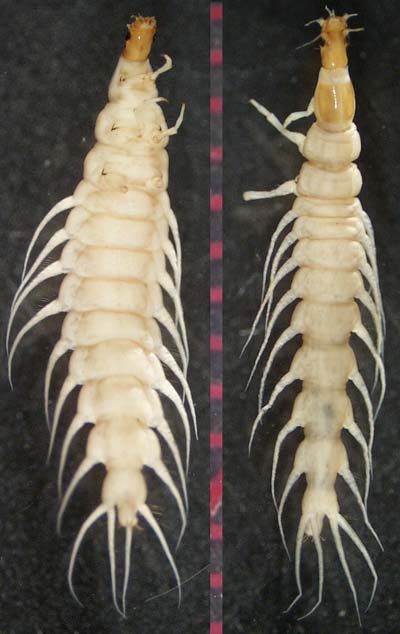   |
||
| Elmidae (riffle beetles) Body is long and hardened; may be cylindrical, slightly flattened, or hemispherical in cross section. The last abdominal segment has a plate on the underside that covers a small chamber which contains hooks and gills. The underside of at least the first 6 abdominal segments have a line or indentation on each side. Antennae are short. |
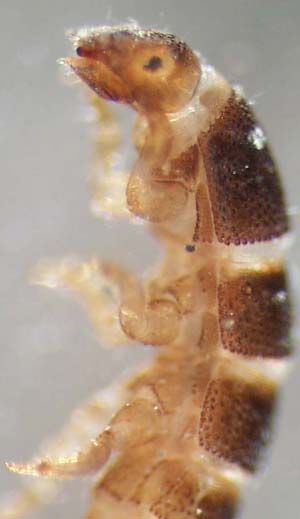 |
||
| Dryopidae (long-toed water beetles) Similar to the Elmidae with a plate and chamber on the last segment, but the chamber doesn't have hooks or gills inside. Larvae are only semi-aquatic or are on shorelines. |
|||
| Haliplidae (crawling water beetles) The last segment of the abdomen is much narrower than the previous segment and does not have a plate or chamber underneath. The last abdominal segment tapers to a hook or long tail. |
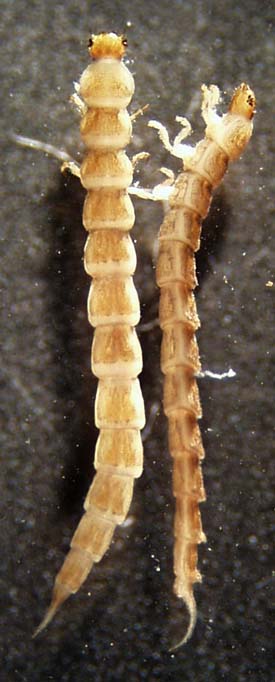 |
||
Scirtidae |
 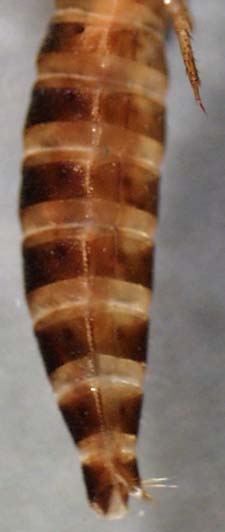 |
||
| Noteridae (burrowing water beetles) The body is broad then tapers to a point. Legs are very thick and short. There are no gills, lobes, filaments, or hooks on the abdomen. |
 |
||
| Dytiscidae (predaceous diving beetles) Diverse group with slender legs, eight abdominal segments and prominent sickle-shaped mandibles. The last abdominal segment tapers to a point and may have two small tails. Some have filaments on the sides of the abdomen but lack hooks at the tip. |
 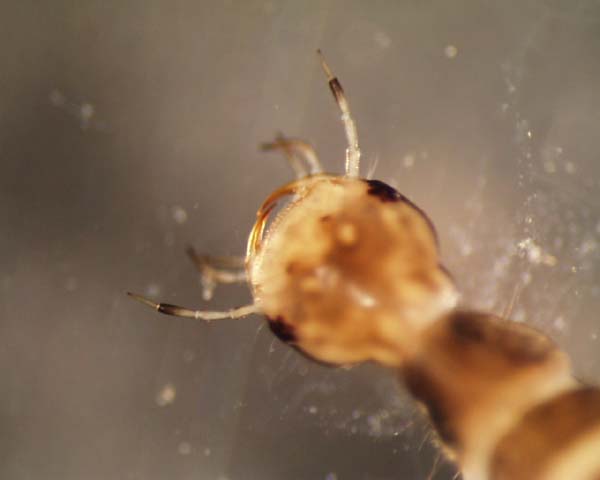 |
||
Hydrophilidae |
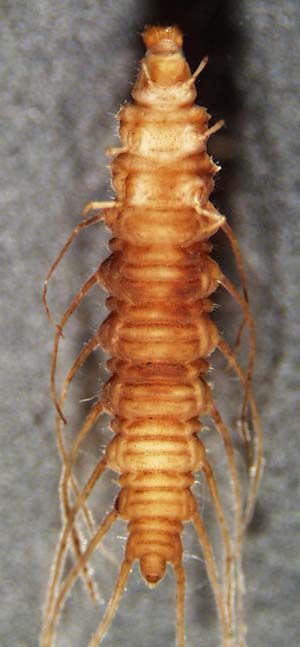 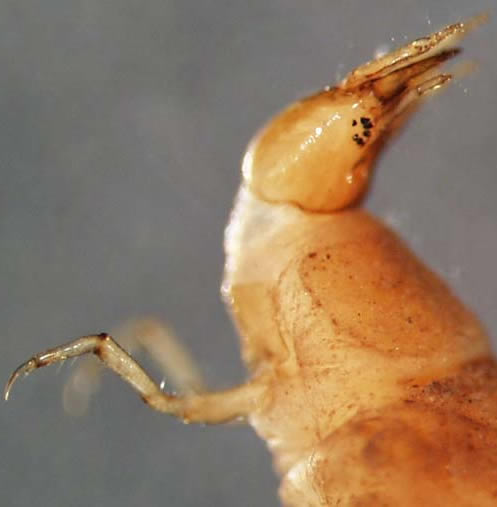 |
||
Curculionidae |
|||
| Sphaeriusidae ( Microsporidae) (minute bog beetles) Minuscule (<1mm) beetles with small lobes present on all abdominal segments. The 2nd segment of each antenna has a tiny filament that sticks out to the side. |
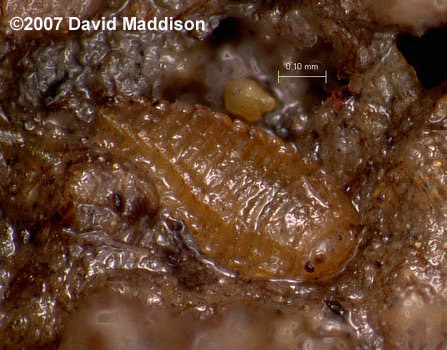 |
||
| Coleopterans unlikely to be found in a wetland Helophoridae (helophorid beetles) Hydraenidae (minute moss beetles) Hydrochidae (hydrochid beetles) Psephenidae (water pennies) |
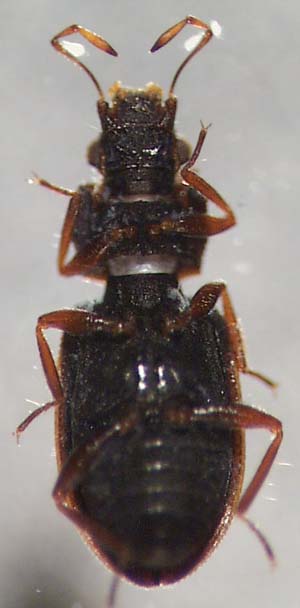 |
© 2007 Xerces Society
Contact info@xerces.org